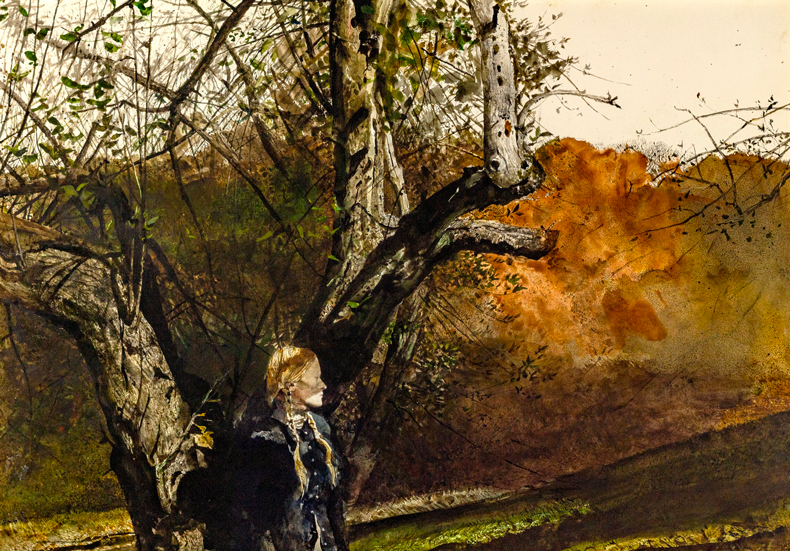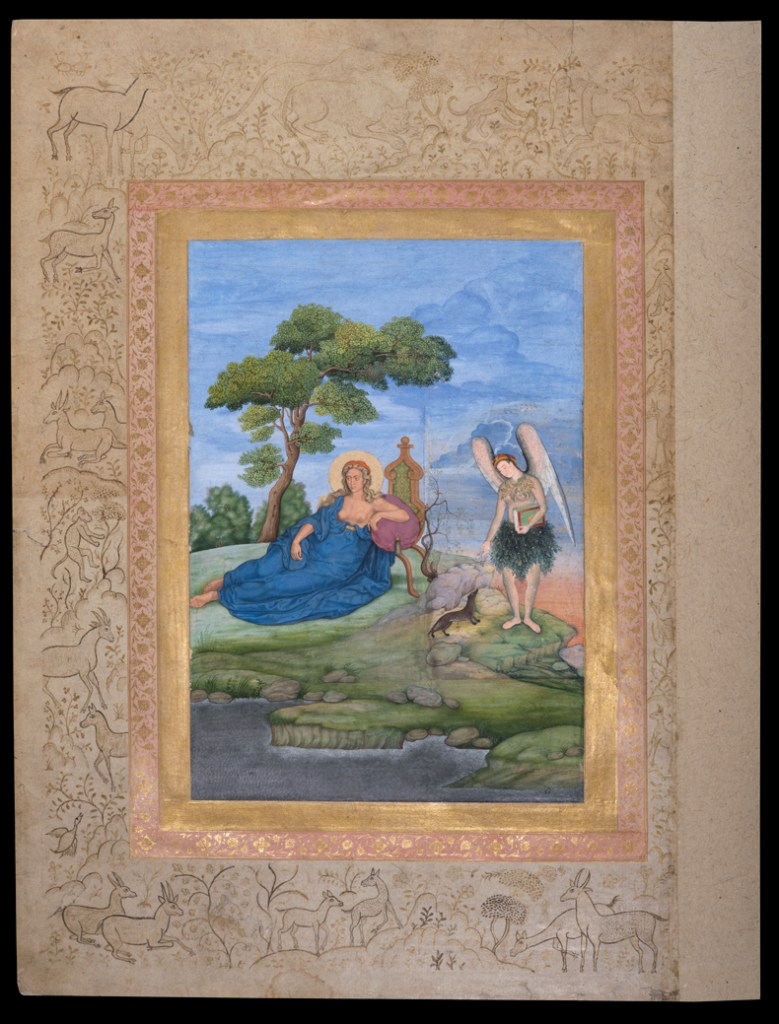Every year Frieze and Frieze Masters come to London and every year we are promised something different to entice us back into the tents in Regent’s Park. In reality the changes that occur are subtle rather than revolutionary. But earlier this year came a sign that real change might be in the air. In April, Frieze announced a new director of Frieze Masters: Emanuela Tarizzo.
Tarizzo knows the fair, ‘first doing it with Tomasso [where she served as gallery director] and then as a visitor’, so this is, in some ways, nothing new. But talking to her reveals a new sense of what the fair is and what it could be. ‘I’ve always loved the concept of the fair,’ she says, ‘the structure, the going through millennia, the size of it, the fact that it’s in London.’ But at its heart for Tarizzo is the ‘community of dealers’ that she and Frieze are supporting.

Anyone who has visited the fair will know how big an operation it is. Bringing in more than 130 galleries is no small feat, alongside special sections such as Spotlight (which highlights overlooked 20th-century artists), so any radical shifts might have to wait until 2026. But even among the galleries present we can see a change in the texture of the fair. ‘We have some galleries that haven’t been at Frieze Masters in some time,’ Tarizzo tells me – galleries such as Francesca Galloway, Tomasso (of course) and Ambrose Naumann and Otto Naumann. Sadly, there is no answer as to why they went away in the first place. These galleries broaden and strengthen our conception of pre-20th-century art. Over recent years, Frieze Masters, despite its initial mission to show the breadth of art history, has come to rely increasingly on works from the 20th century.
Reinforcing older categories is a welcome development – and comes with market benefits. Old Masters are one of the few auction categories to be in the ascendant, with 10 per cent growth in the first half of the year (before taking account of the record-breaking Canaletto), so to bring in more galleries dealing in these works makes sense at a tricky time for the art market. But for Tarizzo it is not just a market story. ‘I was just at the opening of the Palazzo Strozzi’s “Beato Angelico” – it was packed, you know, it was a big event.’ The director of Palazzo Strozzi, Arturo Galansino, is also the curator of the Frieze Masters talks programme.

To Tarizzo’s mind, curators play a special role at Frieze Masters. ‘They’re a really essential part of this mix,’ she says, ‘especially for galleries. Museums are a key part of their sales. This is what galleries themselves say, so it’s important that we respond to that.’ The fair most readily associated with curators is TEFAF in Maastricht. Competing with that must be a difficult challenge. ‘We already do considerable outreach to American museums and their patrons’ groups. And the proximity to Paris is actually not a bad thing, because it’s a possibility to come to London and then go straight to Paris,’ she says, bringing up the elephant in the room (Art Basel Paris) and turning it into a plus.
Throughout our conversation, this is what Tarizzo does. Every time I level a worrying stat or bleak trend at her she turns it into an opportunity. If she can do that for the dealers at the fair, Frieze Masters will become more than the ‘platform’ she describes it as – it will be a bona fide success story.

Frieze Masters is at Regent’s Park, London, from 15–19 October.
